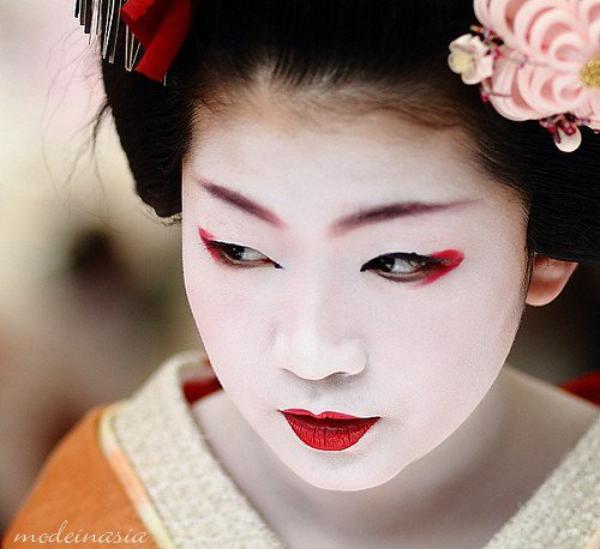Us ladies love our makeup. A good eye shadow can really bring out the color of our eyes. A good eyeliner accentuates their shape. Mascara, Lipstick and Blush. Why not? It’s fun to glam up a little bit from time to time.
But recently, there has been a lot of attack against makeup, especially on social media. Many view makeup as superficial and a modern construct that we blindly cling to. This got me thinking about makeup and what it really means for us as a society. What I really focused on is this notion that makeup is a modern construct. It certainly is not. Makeup is as ancient as humanity itself. It always has been and always will be a part of our society from East to West and North to South. There is much more to the history of makeup and its significance than most would care to think. It is, essentially, one of our oldest and most enduring cultural practices.
As an example of the timelessness and significance of makeup, the Ancient Egyptians were famous for their dark bold eyeliner and brightly colored eye shadows designed to mimic an almost inhuman, divine appearance. Makeup was a symbol of Royalty, and great care was taken to fashion it from finely crushed precious stones. Cleopatra was known for her emerald green and royal blue eyelids flecked with gold, colors made from grinding the sacred stones Lapis Lazuli and Malachite into a fine powder. Imagine the luxury of literally wearing precious stones on your eye lids? This makeup was deeply spiritual to the Egyptians, who believed it literally brought out the image of the Divine.

The Greeks and Romans indulged equally in the art of makeup, also believing it to be a representation of divine beauty. As did the Vikings and the Celts. It is said that in Celtic and Viking societies, even the men wore Kohl eyeliner to make themselves appear more fearsome and bold. The ladies reddened their lips and cheek bones with powders and dyes made from plants and darkened their eye brows. The Celtic Tribes also adorned their faces with a paint called Woad, tracing intricate symbols onto their cheeks and forehead as bold statements on the Battle Fields. Makeup was both a beautifier and a War Paint for the fierce.

To the East, Japanese women painted their faces as white as chalk and their lips as red as a rose to emulate the classical image of the Geisha.

Africa has a rich tradition of beautiful makeup. We can still see the some of these ancient traditions alive and well in many regions today. Men and women adorn their faces with the most intricately beautiful designs, each speaking its own story, as has been practiced for centuries. How this differs between every region and Culture is so profound and astounding to see.

These are but a few examples. Makeup has literally been used in every ancient culture throughout the world and throughout history- as a beautifier, a warriors mask, a connection to the Divine and an expression of heritage.
The beauty and rich cultural significance of makeup around the world is quite incredible. So more than just a modern social construct, makeup is both an ancient and fascinating tradition- one that can be used as a means of expressing a unique identity for every person that chooses to use it. Even though we are no longer members of ancient societies, our makeup can still be our war paint and our expression.
I personally am fascinated by the Anthropological significance of makeup, and how it has traveled down through the centuries in all parts of the world. To have been so enduring, it surely must be something significant. I truly believe that Makeup is one of humanities oldest art forms. Just like dancing, it is a form of physical self-expression in which your body is your own canvas.



